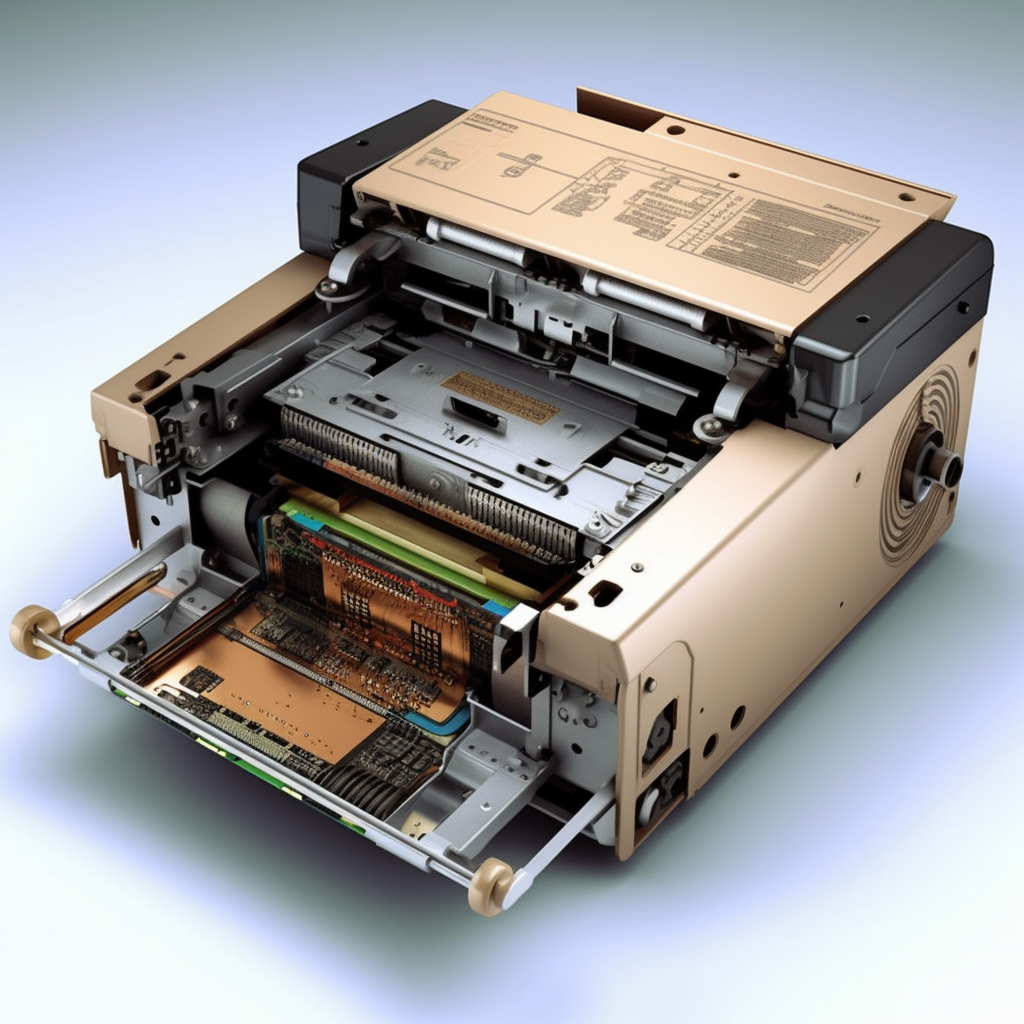
Laser printer is a common and widely used printing device, but for those unfamiliar with printing technology, you may be curious about how and how functional laser printers work. This article will parse the function of the laser printer to give us a better understanding of how it works.
The basic principle of a laser printer is to use laser beams and electrostatic techniques to transfer images or text from a computer to paper. The following are the main functions and working steps of the laser printer:
Transfer data:
The laser printer first receives the data to be printed through a computer or other device. This data can be text, images, or any other type of file.
Image processing:
The laser printer processes the received data and transforms it into an image format available for printing. This may involve tuning parameters such as the size, color, and resolution of the image.
Ready to print:
Prior to preparing to print, the laser printer needs to load the print paper. The paper is usually stored in a paper tray or paper slot, and the laser printer automatically removes the paper from these locations.
Laser scanning:
Once the paper is in place, the laser printer begins the scanning process. It uses a laser beam to draw the outlines of images or text on the photosensitive drum surface.
photosensitive drum charging:
during the scanning process, the photosensitive drum will be charged through electrostatic, so that its surface has electrostatic properties.
Toner settlement:
Above the laser printer is a toner cartridge containing toner (also known as toner). The toner will be activated by the illumination during the laser scan, attaching it to the charged part of the photosensitive drum.
Toner transfer:
Once the toner is attached to the photosensitive drum, the paper enters the printing area through the printer’s delivery system. The laser printer uses an electrostatic force to transfer the toner from the photosensitive drum to the paper.
Fixed toner:
Once the toner is transferred to the paper, it needs to be fixed to the paper to ensure a lasting printing effect. Laser printers usually fix the toner by hot press or hot melting. This can be achieved with a heating element or hot roller inside the printer, combining toner with paper.
Complete printing:
Once the toner is fixed on the paper, the printing process is completed. The paper continues through the printer’s delivery system and eventually passes through the output tray.
To sum up, the main function of a laser printer is to convert data transmitted by a computer or other equipment into printable images or text and to transfer it precisely to paper. It uses laser beam, photosensitive drum, toner and electrostatic force technology to achieve high quality and high speed printing. Laser printers perform well in handling large-capacity printing tasks and producing clear, sharp documents and images. They are widely used in office environments, business areas, and the printing needs of individual users.
Hopefully, this article will help you better understand the functions and functioning of laser printers. Laser printers are an efficient and reliable printing solution in both home use and office environments
